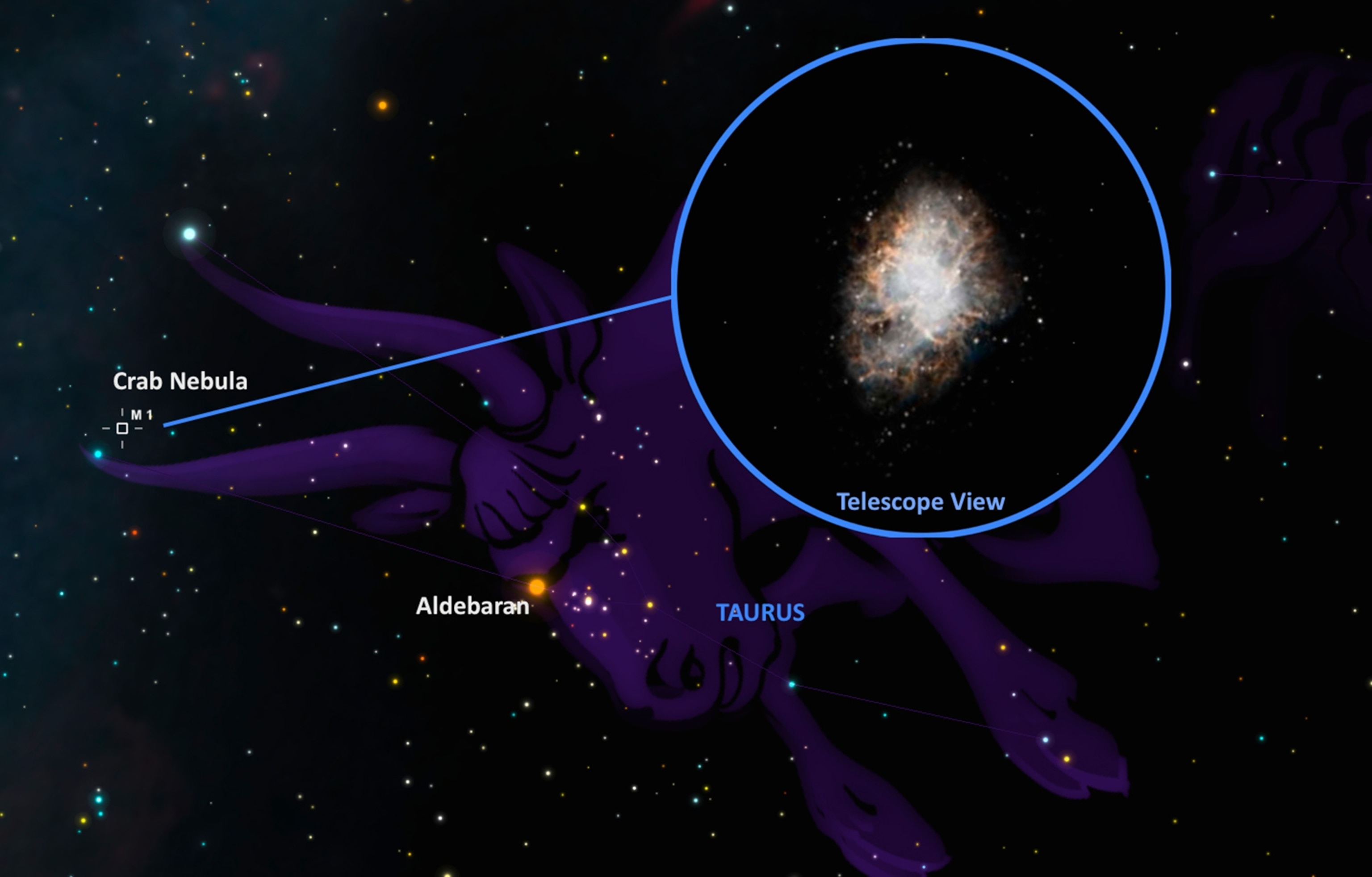
Monster Star Explosion Breaks All Records
Scientists have spotted a supernova as bright as 570 billion suns. Here's how to glimpse one of these rare events from your own backyard.
Stunned astronomers have spotted a record-shattering blast from across the universe. The explosion, called a supernova, is so bright that it outshines our sun by 570 billion times.
Dubbed “the Assassin” (a catchier version of its official name, ASASSN-15lh), this stellar explosion is also the most powerful one ever discovered—estimated to be 200 times more energetic than a typical supernova and twice as bright as the previous record-holder.
Luckily for us, the titanic detonation occurred some 3.8 billion light-years away and has no effect on Earth, but scientists are left scratching their heads to come up with an explanation for its massive energy output. It is believed to be part of a very elite, recently discovered, class of explosive stars called appropriately “superluminous supernovae,” as described January 15 in the journal Science.
"ASASSN-15lh is the most powerful supernova discovered in human history," said Subo Dong, an astronomer at the Kavli Institute for Astronomy and Astrophysics at Peking University said in a press statement.
The Assassin was first glimpsed in June 2015 by twin telescopes in Cerro Tololo, Chile, during the All Sky Automated Survey for SuperNovae, which scans the skies for sudden outbursts of light.

So far, the leading theory for its size is that it was born of an extremely massive star—more massive than what had been thought possible. And upon its violent death, what is left behind is a highly magnetized, rapidly spinning neutron star. These tiny dead corpses of very massive stars are, incredibly, no bigger than 10 miles across.
Despite its diminutive size, so much energy rushed out from this supernova that it would take 90 billion years for the sun to equal its output.
See For Yourself
While the Assassin is too far away to see with backyard telescopes, there is another supernova remnant in the constellation Taurus that you can easily find at this time of year with binoculars and telescopes.
Taurus, the bull, now rides high in the evening southern sky for observers in temperate northern latitudes. The constellation is home to perhaps the most-studied object outside our solar system: the Crab nebula, or Messier 1. Sitting 6000 lights-years from the sun, the Crab marks the torn remains of a supernova that blew itself apart nearly a millennium ago.

In July of 1054 A.D., when light from the stellar explosion reached Earth, people around the world witnessed a wondrous new star that outshone all others, including the brilliant moon. Visible for nearly two years, the mysterious star was even seen in broad daylight for weeks. Chinese and Native American astronomers documented the guest star’s position.
Today resembling a ghostly crab shape, all that remains is an expanding gas cloud of magnitude 9.0—meaning it’s barely visible as a fuzzy spot in binoculars, and only under a moonless sky far from city lights. Observers can locate it just north of the bottom star marking one of the points of the bull’s horns.
Point a moderately sized telescope at the crab, and it will begin to unveil some of its delicate expanding, gaseous structure.
Clear skies!





